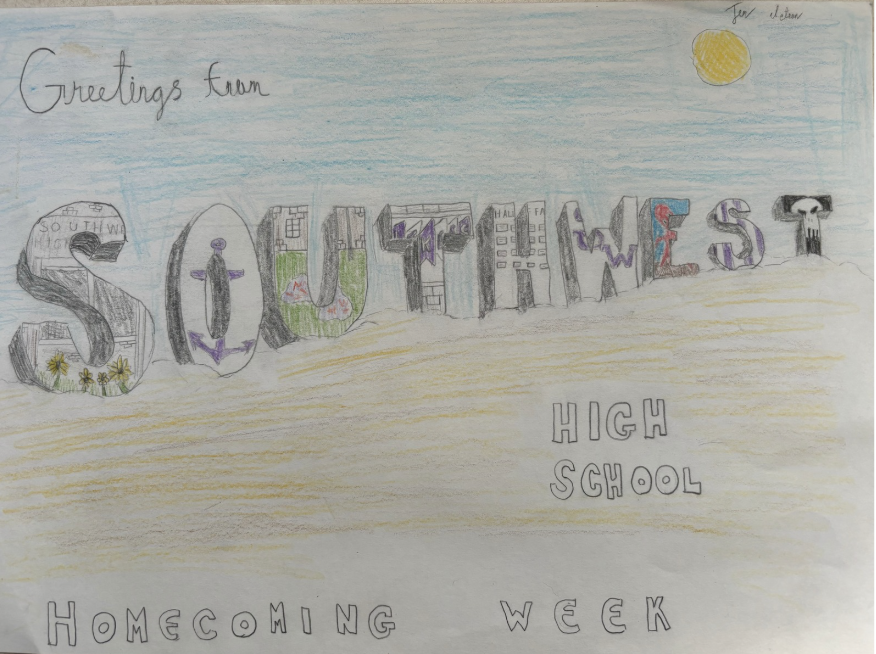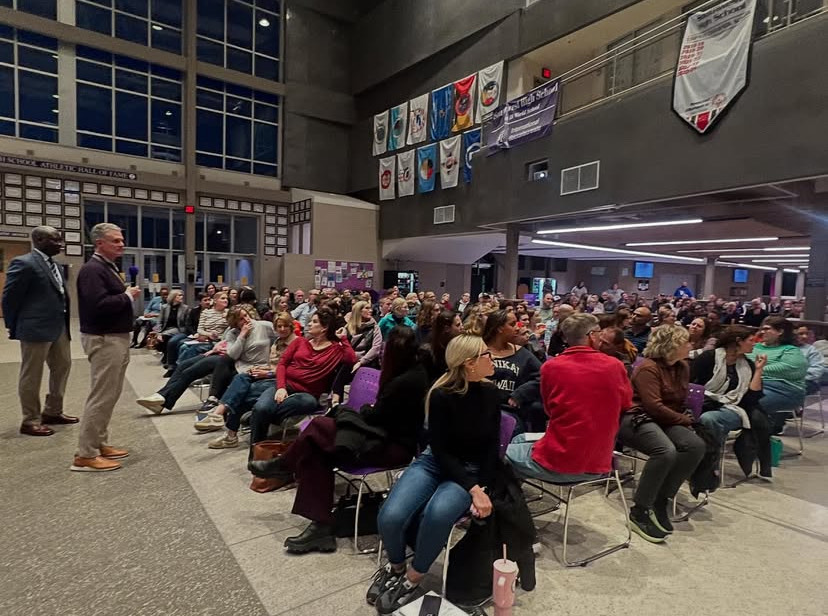The very first thing that many Southwest students noticed when they walked into their classes on September 2nd–the commencement of the new school year–was the overwhelming number of students packed into the small rooms. Some class sizes at Southwest are reaching numbers in the upper forties, and though this may not present as much of a problem in larger rooms like the science classrooms, there is absolutely no way to comfortably fit that many people into the average room. With the way that the classrooms need to be set up to accommodate such large amounts of people, students are forced to navigate an impromptu obstacle course to get from the door to their desks.
Like many of the other issues that Minneapolis Public Schools have faced in recent years, this is due to the immense budget cuts that have impacted all of the schools. One of the sacrifices that was made to adapt to the lower budget for this year was staff cuts, which the community was already aware of at the end of last school year. However, some in the community were not aware of how noticeable the effects of larger class sizes would be.
Until recently, Minneapolis Public Schools made a deliberate effort to keep class sizes on the lower side. Jeanette Polanski, a math teacher at Southwest, said she remembers that it wasn’t that long ago that high school classes were capped at 26 students, and that this year’s classes are the largest that she’s had. Many classes are now almost double the size of the 26 student limit that has long since been discarded.
Apart from the obvious problem of space in the classrooms, the detrimental effects of large class sizes go much deeper. Teachers, parents, and students all have qualms about how this issue will impact student performance. They are reasonable concerns, especially considering the inevitability of the availability of teachers decreasing when the ratio of teachers to students gets more uneven.
When asked about what she thinks the negative effects are, Polanski said, “We want students to be able to ask questions, but we’re almost afraid to let them because we don’t feel like there’s time; we want to have time to go around and answer people’s questions individually, but how could you possibly? Even if you leave 20 minutes at the end of class for students to work independently… if you really sit down and help a student for three, four, or even two minutes, you can only get to so few students, so people are not getting the help that they need in class.”
According to a paper titled “The effect of school size and class size on school preparedness” from the National Library of Medicine, smaller class sizes allow teachers to provide an education that is more specific to each student’s different needs. It’s extremely difficult for students to sufficiently learn without reliable support from teachers that know what their strengths and struggles are.
Bill Towne, another math teacher at Southwest, spoke about class sizes at the Minneapolis Public Schools school board meeting on September 9th. He said that he’s “worried that the students will get frustrated with the wait time… and if they’re having trouble understanding it, that they might give up more easily than they would have otherwise.” He also emphasized that this issue is a citywide problem and is affecting students of all ages. Even elementary schools have class sizes as big as 30 students, which can be even more difficult for kids that young.
From a student’s perspective, Abby Oldfather, a senior who is a member of a Southwest choir class with around 90 students in it, doesn’t think that it’s that bad to have a class with so many people in it. She says she “personally doesn’t see anything wrong with having so many” and that the only problem is that they “get a bit crammed”.
Serafina Sterns, a freshman, disagrees with Oldfather’s more positive opinion on the class sizes and confirms Towne’s and Polanski’s concerns that students will struggle as a result of the class sizes. She says she “thinks it can negatively affect how kids learn because the teachers don’t have enough time for each kid. You don’t really get the feedback you need and when you have a question, the teachers either don’t have enough time to answer it or it is a short, uninformative response.”
There are many different viewpoints on the class sizes and how harmful they are for students, but most people would agree that students should have the right to ask our teachers for help when they need it and feel like they are in an environment that can accommodate their individual needs and learning processes. Having some classes with higher amounts of students is always going to be inevitable, but having very few classes schoolwide in which there are less than 30 other students should not be the norm. Based on the extensive work that Minneapolis Public Schools teachers, parents, and students have done to advocate for the students, it is the general consensus that the district should begin putting them first.






